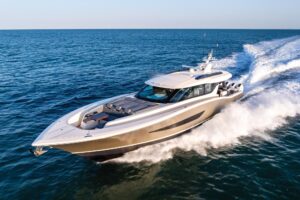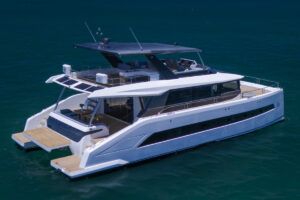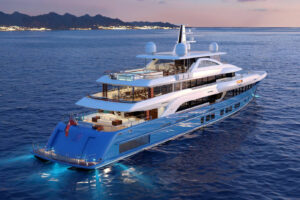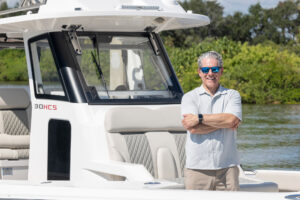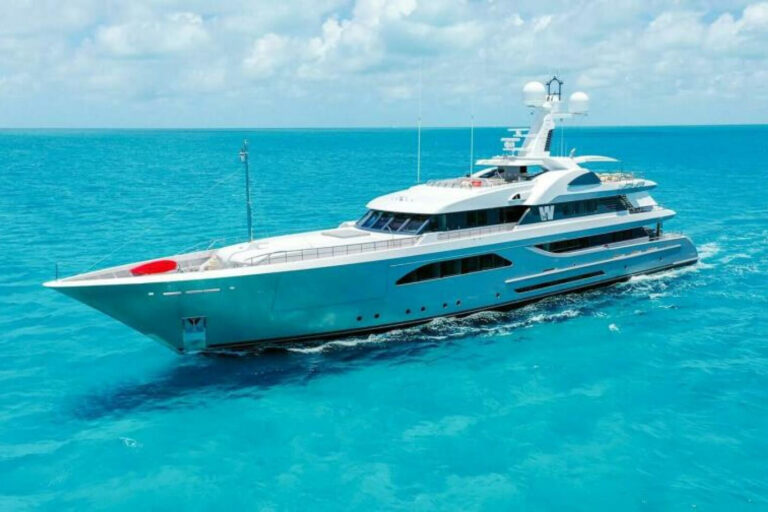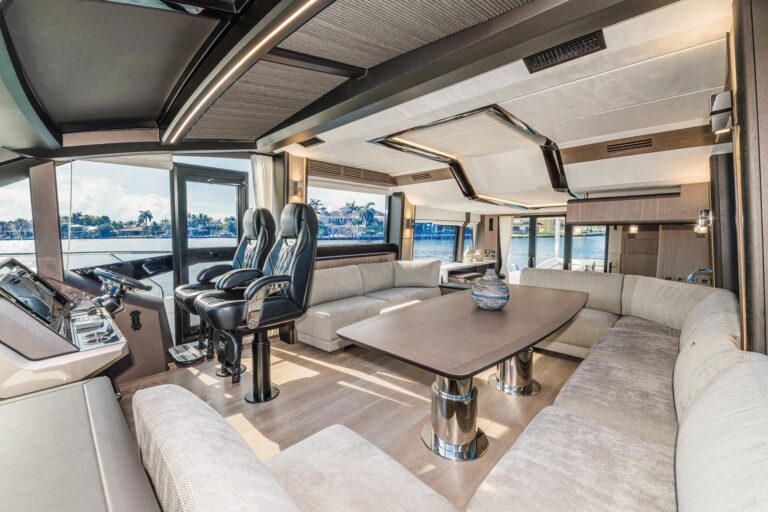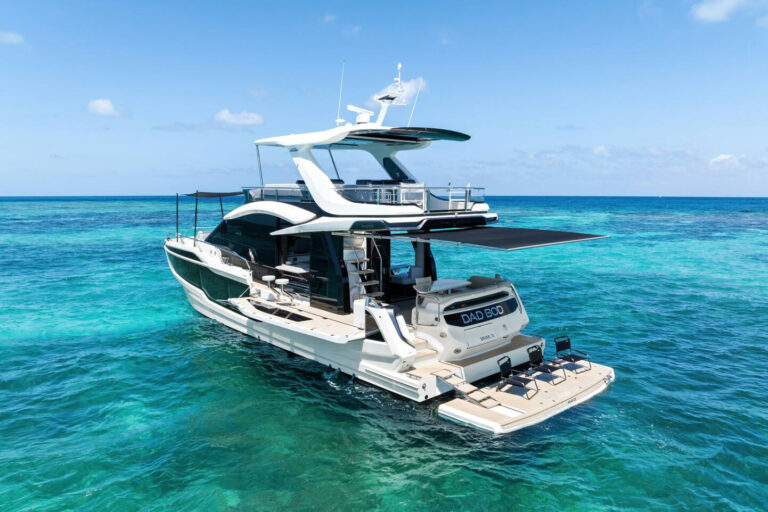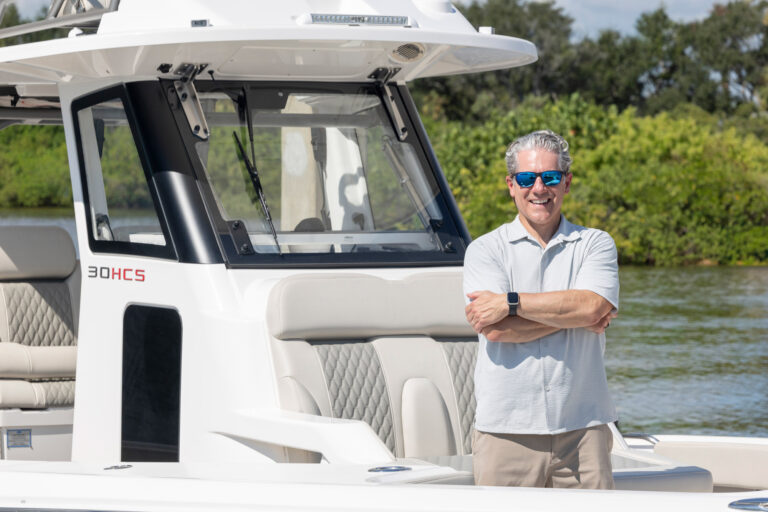A sailing yacht, hull down on the horizon, approaches like a single-wing albatross ready to ditch into the sea. She’s miles away, too far to concern a young sailor on a solo daysail aboard his Herreshoff 12 1/2. “She must be a big one”, he says to his boat. “That rig looks huge”.
Lost again in the rhythm of the sea, his senses direct the little boat as though it were connected directly to his nervous system. A refreshing breeze on his left cheek, the boat’s subtle curtsy to leeward and a firm tug on the tiller tell him a puff has entered the scene. He scans the horizon for the wind’s footprint on the water and can’t believe what he’s seeing. The biggest and most graceful sloop he has ever viewed slides through the water like a porpoise in the hunt.
Had this young sailor lived in the 1930s, the so-called Golden Age of Sail, he would be in the presence of a J-Class yacht. He lives, instead, in the near future, and the yacht he has seen came from the drawing board of German Frers. This is a 150-foot sloop conceived with one eye on the past and one on the present. She’s under construction at Derecktor Shipyards in Bridgeport, Connecticut, and is for sale.
Frers is among the world’s best designers. His sense of aesthetics and performance has always astonished me, and I suspect that a sea trial aboard this yacht would simply reinforce my perceptions. Her profile shows a most elegant spring in the sheerline, dipping sweetly from her proud bow to her luscious counter stern. A plumb stem and broad stern sections may make her faster, but she would become more chairwoman than princess in the transition.
Her deck remains delightfully uncluttered, owing partly to her length and beam. Acres of teak separate the winches, hatches and dorades. A low-profile companionway hatch provides access to the crew quarters and galley forward. A similar hatch gives the owner private access to the afterdeck from his stateroom. The upright deckhouse amidships mimics those aboard early 20th century yachts, but Frers made it low at the front, increasing in height as we trace the roofline aft. This treatment prevents the house from looking like an afterthought.
I count as fortunate anyone who spends an afternoon in the octopus’s garden when this 150 sails overhead. She’ll displace a perfectly symmetrical volume of water and leave little disturbance behind her. Characteristic of other Frers designs I’ve seen on the hard, this yacht has hollow waterlines in the bow sections and nearly semicircular sections amidships. Her underbody is shallow and her run straight. The rudder attaches to the bottom at the forward end of the counter, leaving the uppermost chunk of it abaft the hull.
Frers designed the ends of the yacht to be left empty, and he placed the machinery beneath the house, over the longitudinal center of buoyancy. Excessive pitching will not be a problem.
The arrangement plan speaks for itself and the client’s wishes. John Munford brought his artful sense of décor to the accommodations, once again picking up themes from sailing’s golden age.
Contact: Derecktor Shipyards, (203) 336-0108, ext. 136; www.derecktor.com.

